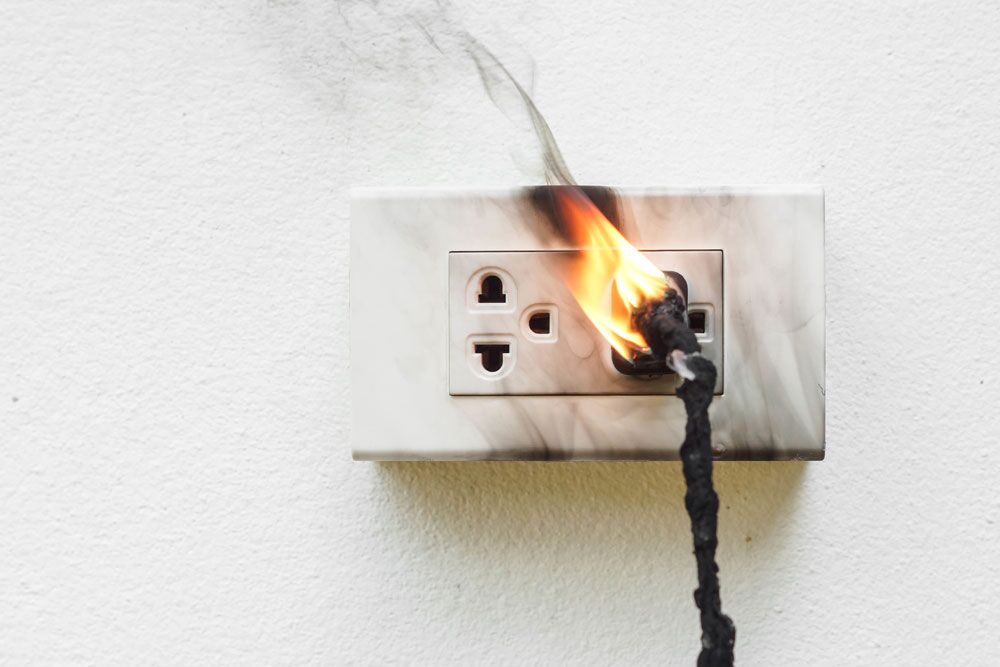Savvy business owners can turn a profit from the various products and services they sell, but they have to follow legal rules and regulations to keep their customers safe. One of these laws is the “product liability law,” which defines who will be held responsible for defective products.
Defective or dangerous products could be the result of a poorly managed distribution chain, but it wouldn’t matter. Any claim could affect your reputation, customer satisfaction rates, and ROI.
As there is no federal product liability law, claims are based on state regulations brought under theories of strict liability, negligence, or breach of warranty. Small business owners should get to know the laws surrounding product liability, so they can better protect themselves from lawsuits.
Product Liability or Defective Product Claims
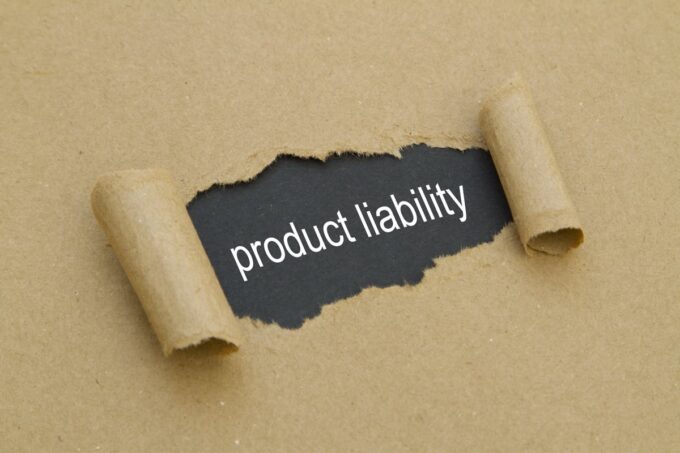
A consumer can make a product liability or defective product claim if a product doesn’t meet the ordinary expectations of the consumer. A defective product wouldn’t meet expectations.
Product liability claims work differently than traditional injury law, as the responsible party includes all sellers of the product who are in the distribution chain. The product manufacturer, parts manufacturer, wholesaler, and retail store that sold the product are all liable in a claim.
Product liability claims can be brought under three theories:
- Strict Liability: When a person or persons (or business) is legally responsible for the consequences of an action, even if they’re absent from fault or criminal intent
- Negligence: When a business fails to exercise an appropriate level of care or ethical consideration when ordinary prudence would have otherwise been executed
- Breach of Warranty: When a seller fails to fulfill the terms of a promise made during the contract process and/or violates an expressed or implied contract of warranty
Each state has commercial status under the Uniform Commercial Code, meaning the affected party should hire a local lawyer who’s familiar with their state’s court system and jurisdiction.
If the plaintiff lives in Philadelphia, for example, they can speak to a defective product attorney at Dolman Law Group about their cancer or lung injury caused by BIPAP/CPAP machines.
3 Common Types of Product Defects
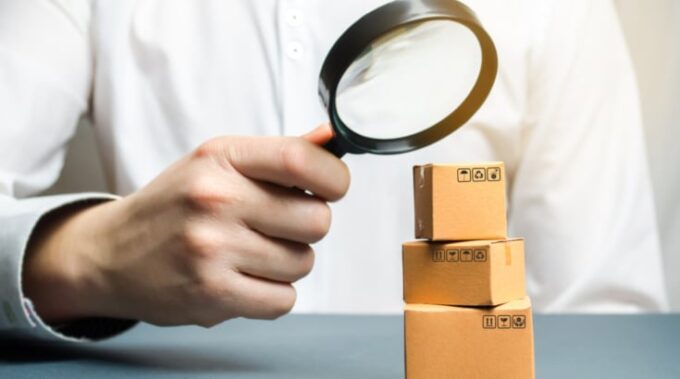
In a product liability claim, the plaintiff must prove that the product that caused harm or could pose a potential danger is actually unreasonably dangerous. There are three types of defects.
Manufacturing Defects
Manufacturing defects occur when the product doesn’t conform to the manufacturer’s or designer’s specifications. These are the easiest to prove for the plaintiff, but it isn’t easy for the defendant to figure out why the defect, such as an incorrectly attached part, actually occurred.
Design Defects
Design defects occur when a flaw in the original design makes the product dangerous. It could also include products that were installed correctly but didn’t work as intended. The Takata airbag case involved airbags that didn’t inflate when impact occurred, causing multiple deaths.
Marketing Defects
Marketing defects occur when a business doesn’t give adequate instructions or warnings on how to use the product correctly. This is especially important for dangers that aren’t obvious. It can also include false advertising, such as when big tobacco advertised cigarettes as safe.
Defenses for Product Liability Claims

A product deemed unavoidably unsafe can’t be held to the same safety standards as other products. A dulled knife can’t be used as effectively as a sharp one, so if the plaintiff gets hurt while using it, they cannot legally sue unless the product doesn’t come with proper warnings.
Defendants can also use the “market share liability” exception, which often applies to defective medication suits in the healthcare industry. If the plaintiff can’t identify which pharmaceutical company supplied the drug they took, all manufacturers will share a percentage of the blame.
The defendant may also say the plaintiff altered the product to a significant degree (to the point it made it dangerous) after it was manufactured and was therefore misused by the plaintiff.
How to Prevent Product Liability Claims
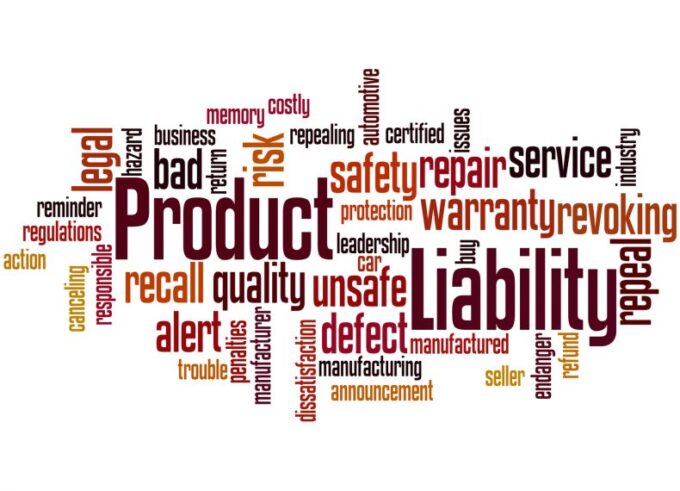
As business owners have a responsibility to protect their customers, they must do what they can to prevent any injuries or danger that could befall them. Here’s how to prevent liability claims.
Get Business and Product Liability Insurance
All businesses should purchase commercial business insurance and product liability insurance to protect against financial losses, property damage, personal injury, and product injury. Both coverage options take care of compensation the plaintiff would be awarded due to a claim.
Most importantly, it takes care of your legal fees when a product liability claim ends up being frivolous. While nonsensical lawsuits don’t happen often, it pays to have a safeguard for when they do. Otherwise, a single claim could set you back financially or possibly bankrupt you.
Give Enough Warning on Dangerous Products
Common sense isn’t all that common, and some people may hurt themselves, either on accident or on purpose, while performing actions that most would assume are dangerous. For this reason, products like PopTarts tell consumers to remove packaging before heating them.
If your product has small parts, sharp corners, or toxic materials, it’s your responsibility to inform the consumer. You want to reduce your liability as much as possible, so don’t be afraid to write messages across your product that warns what could happen if it’s misused, altered, or expired.
Undertake an Extensive Product Testing Process
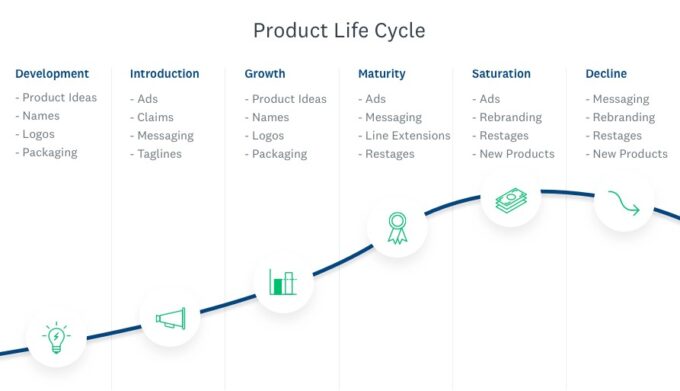
The expression “it’s better to be safe than sorry” is a cliche in business, but it’s a cliche for a reason. Plenty of accidental deaths and lawsuits could have been avoided if companies had done their due diligence. While comprehensive testing is costly, it’s much cheaper than a claim.
Remember that businesses can decrease their liability by performing all necessary checks and tests before releasing a product. Be sure to create and adopt guidelines your business must follow, so you can find any possible flaws. Keep these records on file in case of a liability claim.
Review Manufacturers and Suppliers Regularly
Accidents happen, even when you partner with the most skilled professionals. Manufacturers and suppliers change hands regularly, which could impact the quality of your products. It’s never a bad idea to test your products yourself regularly, if you’re able, to ensure they’re safe.
With that in mind, you should write legal contracts that confirm you can’t be held liable if the product becomes defective during the manufacturing process. You should write contracts with all of your suppliers, as this prevents you from being sued directly or sharing the blame.
In Conclusion…
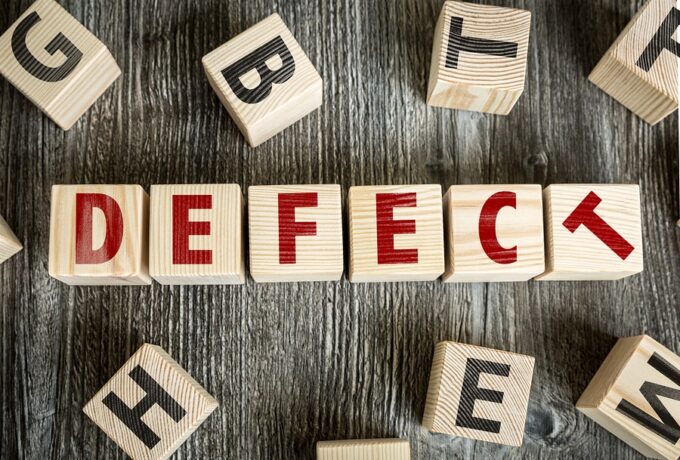
When a company opens its doors to customers, it inadvertently welcomes potential lawsuits and liability claims. Business owners must understand the laws pertaining to product liability if they hope to protect themselves. Anything can happen at any time, so it’s crucial to stay prepared.

